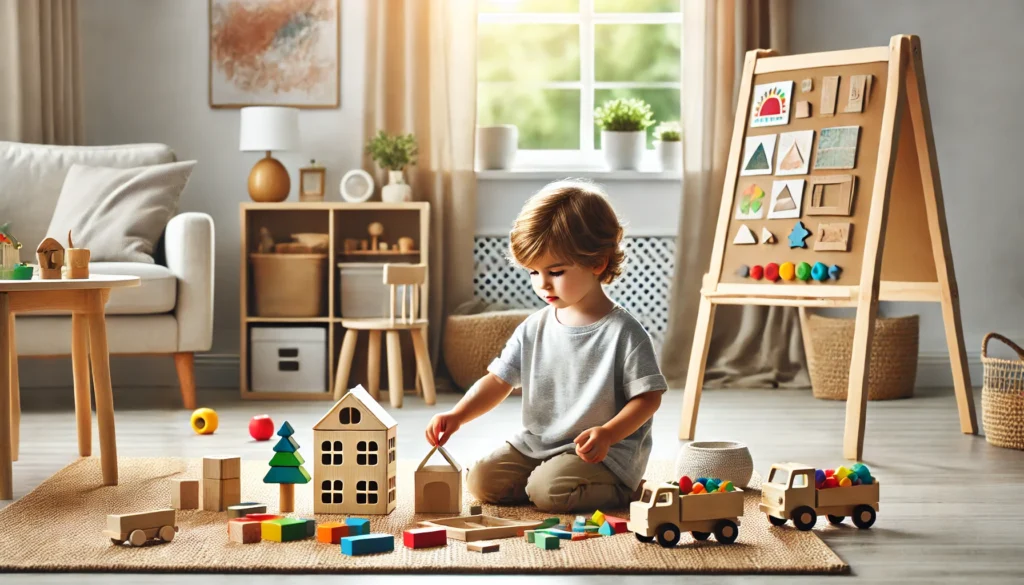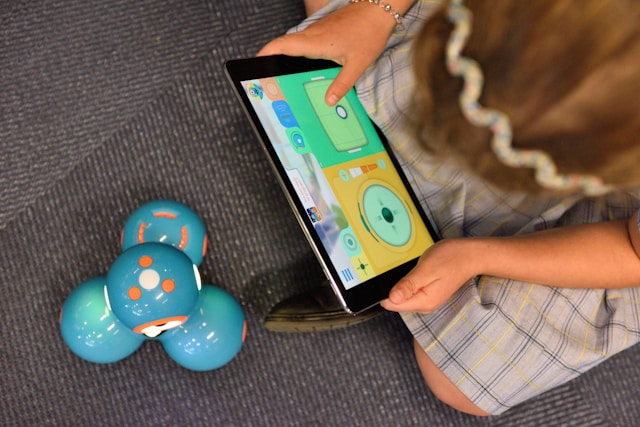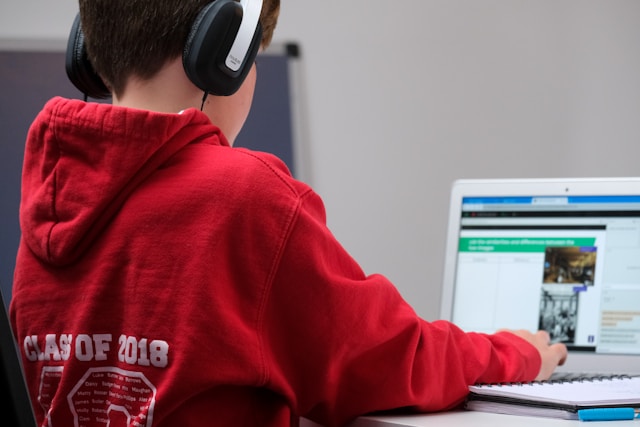
In today’s world, where options for children’s toys are endless, parents often ask, “Is it good for kids to have a lot of toys?” Toys can support child development in many ways, but when does the quantity become more of a distraction than a benefit? From cognitive growth to the impact of materialism, let’s explore whether a big toy collection truly benefits children.
When kids have a variety of toys at their disposal, it can ignite their creativity. Toys like building blocks, art supplies, and pretend-play kits let children explore different roles and scenarios, encouraging imaginative play. Imagination is essential to developing creative thinking, problem-solving skills, and emotional expression. So, giving kids toys that encourage pretend play and creative exploration can indeed be beneficial.
Certain toys contribute significantly to brain development. Educational toys, including puzzles, stacking games, and board games, enhance cognitive skills like memory, logical thinking, and attention to detail. These toys turn playtime into a learning experience, reinforcing literacy and numeracy skills as children grow. A good variety of toys tailored to a child’s age and interests can serve as a valuable foundation for cognitive development.
Motor skills are another area where toys can be helpful. Physical toys, such as balls, jump ropes, and balance bikes, help build coordination and gross motor skills. Meanwhile, smaller toys like blocks, beads, and craft kits improve fine motor skills. When toys support a child’s physical development, they help kids learn to control and coordinate their movements, which is essential for overall growth.
While a range of toys can offer varied learning experiences, having too many can overwhelm children. A cluttered play area often makes it difficult for kids to focus, leading to scattered play and reduced attention spans. When children are constantly switching between toys, they may not engage deeply with any one toy, impacting their ability to concentrate. In this sense, having a smaller selection can encourage meaningful play and help improve attention.
With abundant toys, children might begin associating happiness with material items. Psychologists suggest that children who have too many toys may start to value objects over experiences, leading to a materialistic mindset. This abundance can sometimes make children feel entitled to more, which may result in less appreciation for each individual toy. Encouraging gratitude by limiting the number of toys can teach children to value quality over quantity.
Although it may seem like more toys equal more creativity, studies indicate that the opposite can be true. Children with fewer toys often play more inventively, finding new ways to use each item. A limited selection encourages deeper engagement and sparks resourceful play, as kids find unique ways to interact with fewer options. In this way, reducing the number of toys can sometimes enhance, rather than limit, a child’s creativity.

When selecting toys, quality is often more beneficial than quantity. Developmentally appropriate toys that grow with your child—like building sets, art materials, and interactive games—can offer enduring value and promote creativity. By choosing toys that stimulate active engagement, parents help foster long-term development rather than providing short-lived entertainment.
One effective method for keeping children interested without overwhelming them is toy rotation. Storing some toys and reintroducing them later gives kids the feeling of something “new” while reducing clutter. Toy rotation helps children focus on a smaller selection, leading to more engaged play and a renewed appreciation for each item when it reappears.
Balance in playtime is key, and that includes activities outside of toys. Reading, outdoor play, and hands-on hobbies like drawing or gardening allow children to learn beyond their toy box. These activities can strengthen real-world skills, develop social interaction, and build independence. Adding non-toy experiences helps kids build a range of skills that complement their playtime with toys.
So, is it good for kids to have a lot of toys? While having toys certainly supports development, too many can hinder children’s focus, creativity, and appreciation for what they have. A balanced approach—choosing high-quality toys, rotating them regularly, and incorporating non-toy activities—can give children a rich and meaningful play experience that fosters both learning and creativity. By keeping playtime purposeful and manageable, parents can help children develop skills that go beyond just toys.
Ultimately, the answer to “Is it good for kids to have a lot of toys?” is about moderation and intention. By thoughtfully curating a toy collection, parents can support their child’s growth while teaching valuable life skills.


